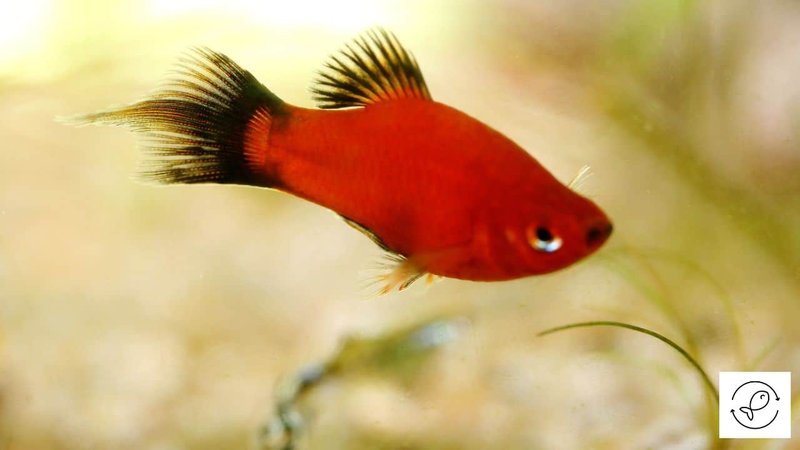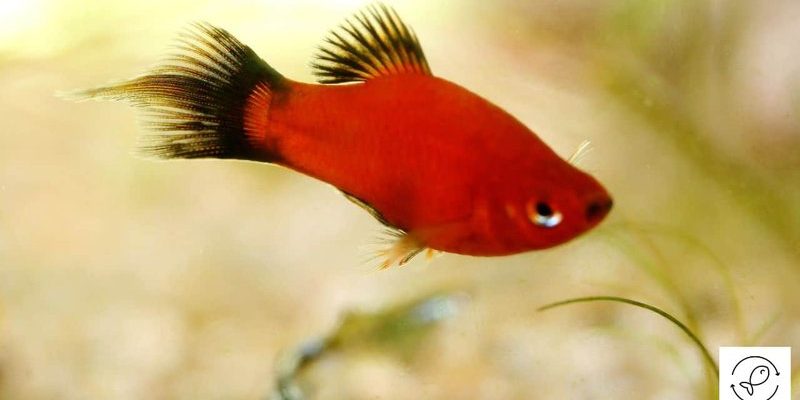
Understanding Platy Lifespan Basics
Before we get into the nitty-gritty, it’s good to know that platies are generally hardy fish. In the wild, they might face various threats like predators and environmental changes, which can cut their lifespan short. However, in your cozy home aquarium, you can create a safe environment that allows them to thrive.
When it comes to lifespan, platies can live a solid three to five years under the right conditions. Some folks even report their platies living up to seven years! It’s a bit like gardening—sometimes, with just the right amount of care and attention, you can extend the life of your plants (or in this case, your fish!). Factors such as water quality, diet, and tank mates all play crucial roles.
Factors Influencing Lifespan
Several key factors can impact how long your platy lives. Let’s break them down:
Water Quality
Water quality is crucial. Just like we need clean air and water to live, your platy needs a healthy environment too. This means keeping the water parameters stable—salinity, pH, temperature, and ammonia levels must be monitored regularly.
– pH Level: Platies thrive in a slightly alkaline environment, ideally between 7.0 and 8.0.
– Ammonia and Nitrite Levels: These should be kept at zero. Even tiny amounts can be harmful.
– Regular Maintenance: Don’t forget routine water changes to keep peaking conditions.
Just think of it as a daily routine—cleaning your home, watering your plants, and ensuring everything is just right for your little aquatic friends.
Diet and Nutrition
What goes into your platy affects how long they may live. A varied diet is essential. Sure, they might like flakes, but think of it as how you wouldn’t want to eat the same meal every day.
– High-Quality Fish Food: Look for foods rich in proteins and vitamins.
– Vegetables: Small pieces of blanched zucchini or spinach can be a great treat!
– Avoid Overfeeding: It’s easy to get carried away, but overfeeding can lead to health issues.
Giving your platy a balanced diet is like fueling a car—put the right stuff in, and it runs smoothly for longer.
Tank Conditions
Your aquarium setup plays a significant role in your platy’s lifespan. Think of it as their home; you’d want it cozy and safe, right?
Tank Size
Platies are social creatures that generally do well in groups. Aim for a minimum of 10 gallons for a small group. A larger tank helps maintain stable water conditions and provides enough swimming space.
Filtration and Aeration
A good filter keeps the water clean, while an air pump ensures there’s enough oxygen. It’s like having good ventilation in a room; you want your fish to feel comfortable and fresh.
– Choose a Quality Filter: Look for one that’s suitable for your tank size.
– Regular Maintenance: Clean the filter regularly without removing all beneficial bacteria.
Health Considerations
Every now and then, your platy might face health issues. Being on the lookout for signs of problems can make a real difference.
Common Diseases
Some common illnesses include ich and fin rot. It’s essential to know the signs. If you notice behavior changes—like lethargy or loss of appetite—act quickly.
– Ich: Look for white spots on their body.
– Fin Rot: Check for frayed fins or discoloration.
Quick treatment can often nip problems in the bud, extending your platy’s life.
Stress Factors
Stress can greatly impact your fish’s lifespan. Factors like aggressive tank mates, sudden changes in water conditions, or overcrowding can stress them out.
– Choose Compatible Tank Mates: Make sure they’re not too aggressive.
– Limit Changes: Avoid making significant changes to their environment too quickly.
Breeding and Lifespan
Platies are livebearers, meaning they give birth to free-swimming young. If you’re considering breeding, it’s essential to understand that breeding can impact their health and lifespan as well.
Effects of Breeding on Lifespan
Breeding can be demanding. If a platy frequently gives birth, it could lead to fatigue or health issues, shortening their lifespan.
– Provide a Breeding Tank: If you choose to breed, a separate tank can minimize stress.
– Limit Breeding: Consider spacing out breeding events to keep fish healthy.
Raising Fry
If you do end up with fry, they need special care. Young platies should be fed properly and housed away from adults to avoid being eaten.
Ensuring the survival of fry is like nurturing young plants; it requires patience and attention.
In conclusion, understanding how long platies live in captivity can help you become a better fish owner. By focusing on water quality, diet, tank conditions, and health considerations, you can create an environment where your platy can thrive. Remember, it’s a journey filled with care and learning—just like any good friendship.
So next time you catch your platy swimming playfully in the tank, know that with the right care, you might have a colorful companion for several years to come. Here’s to happy fishkeeping!

